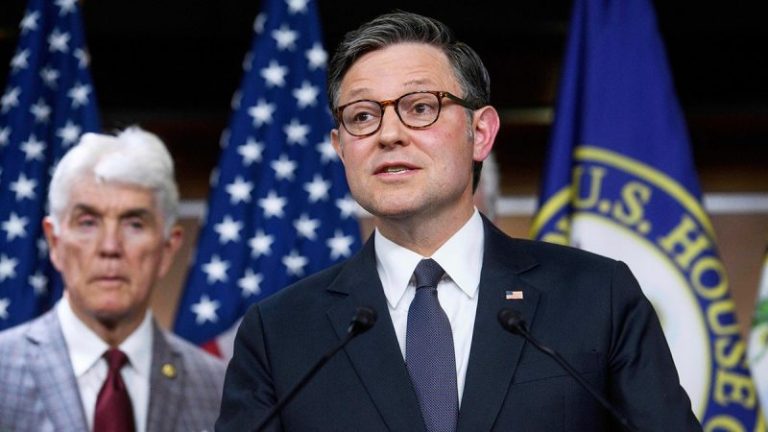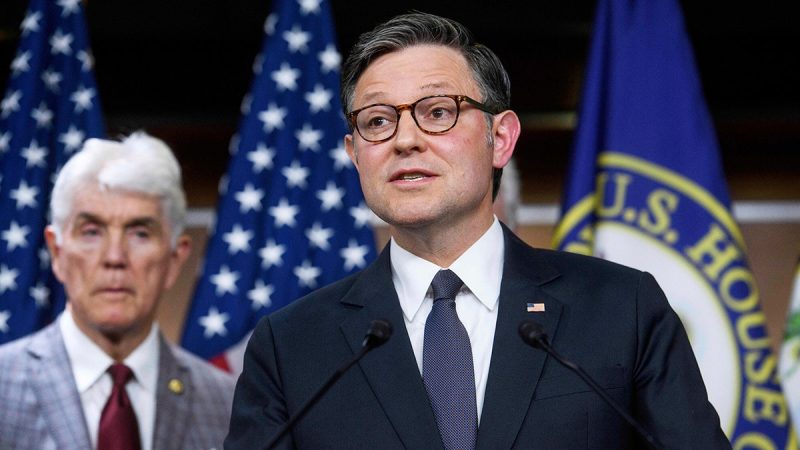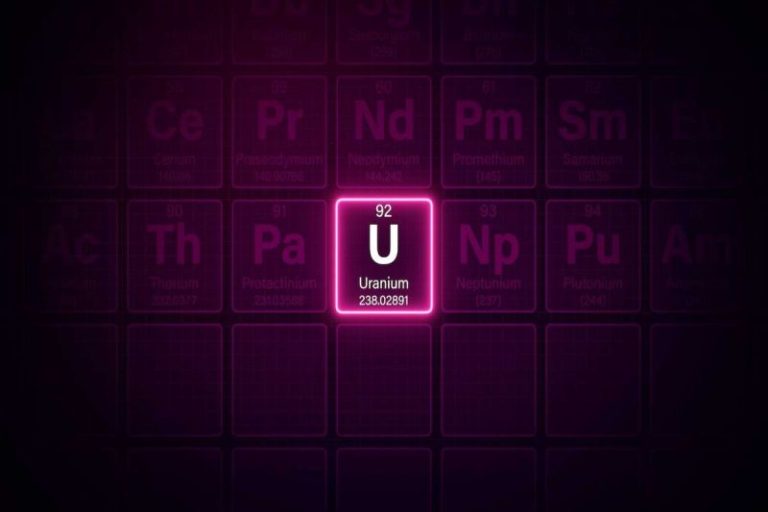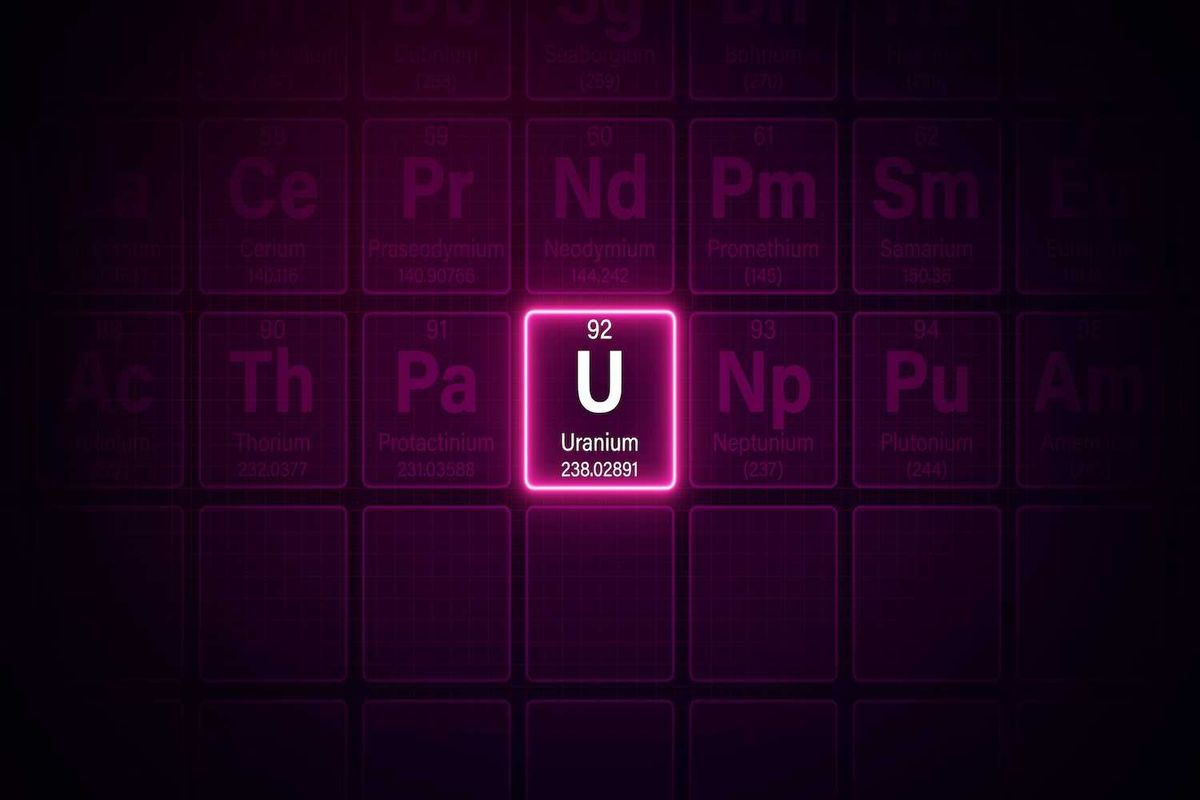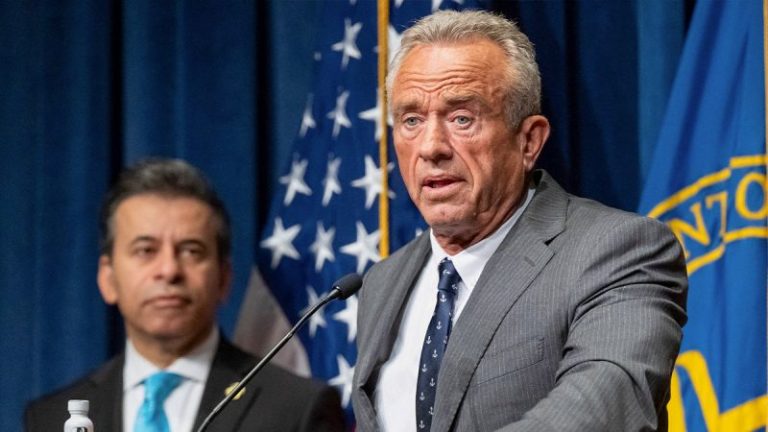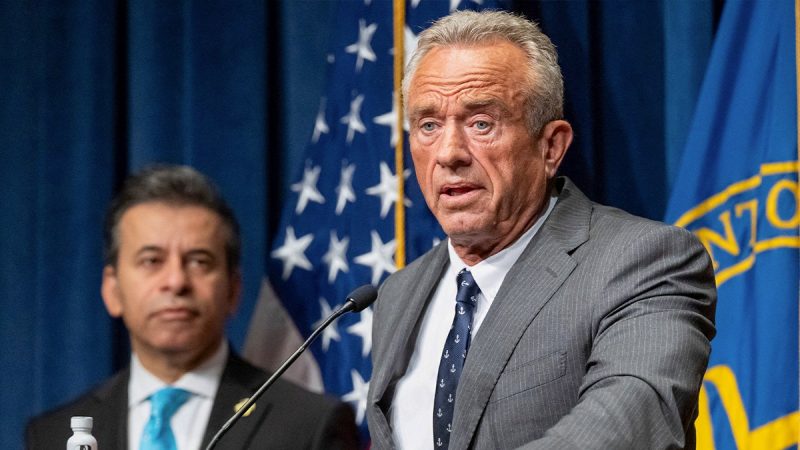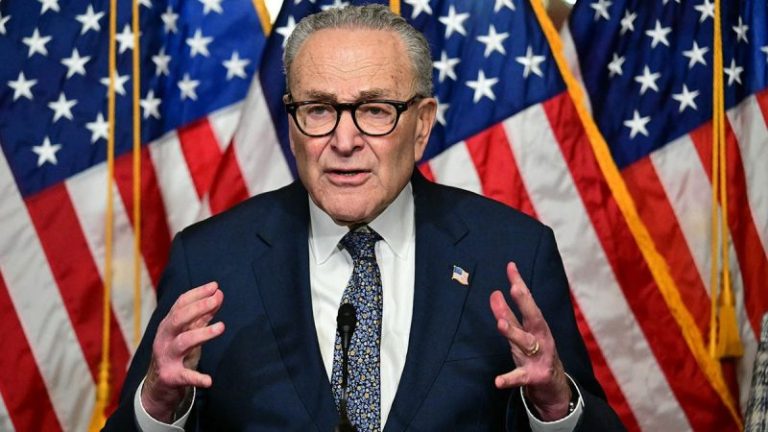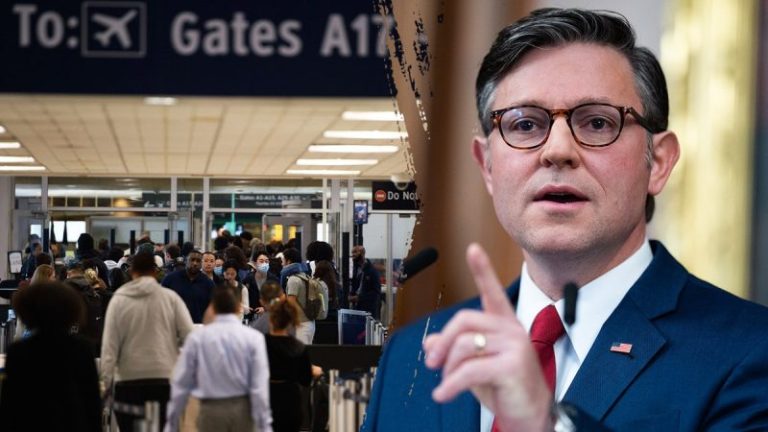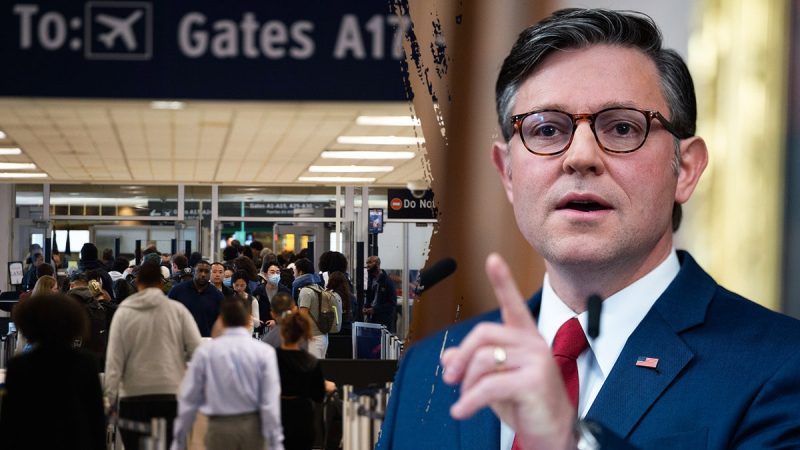

(TheNewswire)
 |
|||||||||
 |
 |
 |
 |
 |
|||||
TORONTO TheNewswire – November 10, 2025 Noble Mineral Exploration Inc. (‘ Noble ‘ or the ‘ Company ‘) (TSXV: NOB,OTC:NLPXF) (OTCQB: NLPXF) is pleased to announce that it is undertaking a non-brokered private placement (the ‘ Private Placement ‘) on a best efforts basis, involving the issuance of up to 18,000,000 flow-through common share units (‘ FT Units ‘) at a price of $0.06 per unit, subject to an increase of up to 25% at the discretion of Noble should investor interest warrant doing so. The gross proceeds to be raised are up to $1,080,000 (before fees and expenses), subject to increase as noted. Each FT Unit will be comprised of one common share to be issued as a ‘flow-through share’ and one-half non-flow-through common share purchase warrant, each full warrant will be exercisable for two years for one common share in the capital of the Company at an exercise price of $0.10 per common share.
The Company may pay compensation to brokers providing assistance with the private placement, which could consist of a cash commission of up to 7% of the amount raised through the brokers’ assistance and/or broker warrants exercisable for up to 7% of the number of FT Units placed (the ‘ Broker Warrants ‘). Each Broker Warrant would be exercisable for two years for one common share of the Company at an exercise price of $0.06 per share.
The securities to be issued in this Private Placement are subject to a four month hold period.
The Private Placement is subject to customary closing conditions, including the approval of the TSX Venture Exchange. Noble intends to use the proceeds raised through the Private Placement to fund exploration expenditures on the Company’s properties.
About Noble Mineral Exploration Inc.
Noble Mineral Exploration Inc. is a Canadian-based junior exploration company, which has holdings of securities in Canada Nickel Company Inc., Homeland Nickel Inc., East Timmins Nickel Inc. (20%), and its interest in the Holdsworth gold exploration property in the area of Wawa, Ontario.
Noble holds mineral and/or exploration rights in ~70,000ha in Northern Ontario and ~14,000ha elsewhere in Quebec upon which it plans to generate option/joint venture exploration programs.
Noble holds mineral rights and/or exploration rights in ~18,000 hectares in the Timmins-Cochrane areas of Northern Ontario known as Project 81, ~2,215 hectares in Thomas Twp/Timmins, as well as an additional 20% interest in ~38,700 hectares in the Timmins area. Project 81 hosts diversified drill-ready gold, nickel-cobalt and base metal exploration targets at various stages of exploration. Noble also holds ~4,600 hectares in the Nagagami Carbonatite Complex and~3,200 hectares in its Boulder Project, both near Hearst, Ontario. In addition, it holds the following projects in Quebec: ~3,700 hectares in its Buckingham Graphite Property, ~10,152 hectares in its Havre St Pierre Nickel, Copper, PGM property, ~1,573 hectares in its Cere-Villebon Nickel, Copper, PGM property, a ~569 hectare Uranium/Rare Earth property that it refers to as the Chateau property, a ~461 hectare Uranium/Molybdenum property that it refers to as the Taser North property, and ~ 4,465 hectares in the Mehmet rare earth property in Northern Quebec. Noble’s common shares trade on the TSX Venture Exchange under the symbol ‘NOB.’
More detailed information on Noble is available on the website at www.noblemineralexploration.com .
Cautionary Note and Statement Concerning Forward Looking Statements
This press release contains certain information that may constitute ‘forward-looking information’ under applicable Canadian securities legislation. Forward-looking information is necessarily based upon several assumptions that, while considered reasonable, are subject to known and unknown risks, uncertainties, and other factors which may cause the actual results and future events to differ materially from those expressed or implied by such forward-looking information. Factors that could affect the outcome include, among others: future prices and the supply of metals, the future demand for metals, the results of drilling, inability to raise the money necessary to incur the expenditures required to retain and advance the property, environmental liabilities (known and unknown), general business, economic, competitive, political and social uncertainties, results of exploration programs, risks of the mining industry, delays in obtaining governmental approvals, failure to obtain regulatory or shareholder approvals. There can be no assurance that such information will prove to be accurate, as actual results and future events could differ materially from those anticipated in such information. Accordingly, readers should not place undue reliance on forward-looking information. All forward-looking information contained in this press release is given as of the date hereof and is based upon the opinions and estimates of management and information available to management as at the date hereof. Noble disclaims any intention or obligation to update or revise any forward-looking information, whether because of new information. Neither TSX Venture Exchange nor its Regulation Services Provider (as that term is defined in policies of the TSX Venture Exchange) accepts responsibility for the adequacy or accuracy of this release. No stock exchange, securities commission or other regulatory authority has approved or disapproved the information contained herein.
Contacts:
H. Vance White, President
Phone: 416-214-2250
Fax: 416-367-1954
Email: info@noblemineralexploration.com
Investor Relations
Email: ir@noblemineralexploration.com
Copyright (c) 2025 TheNewswire – All rights reserved.
News Provided by TheNewsWire via QuoteMedia


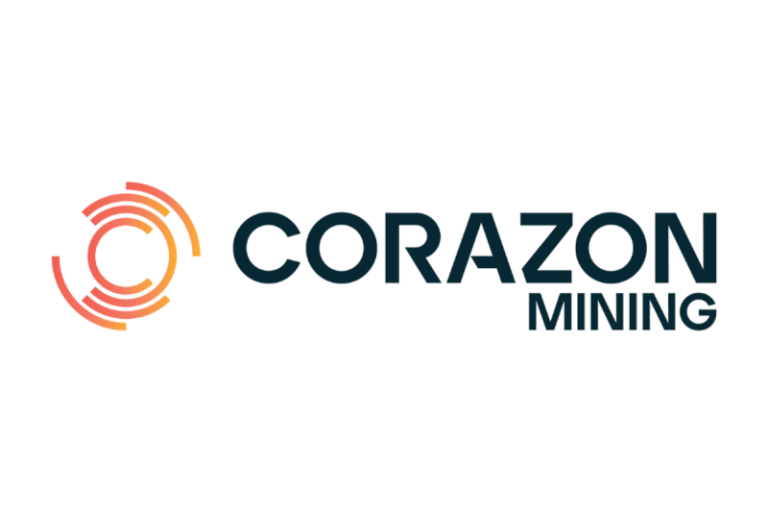

 Corazon Mining (CZN:AU) has announced Two Pools Gold Project update
Corazon Mining (CZN:AU) has announced Two Pools Gold Project update